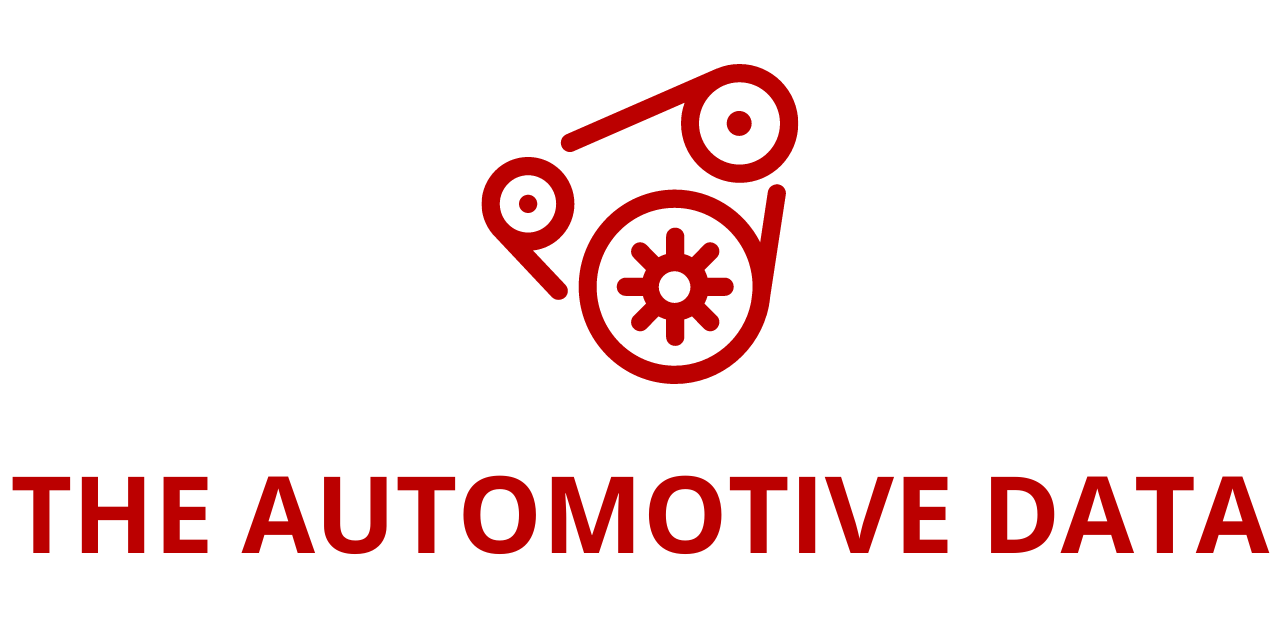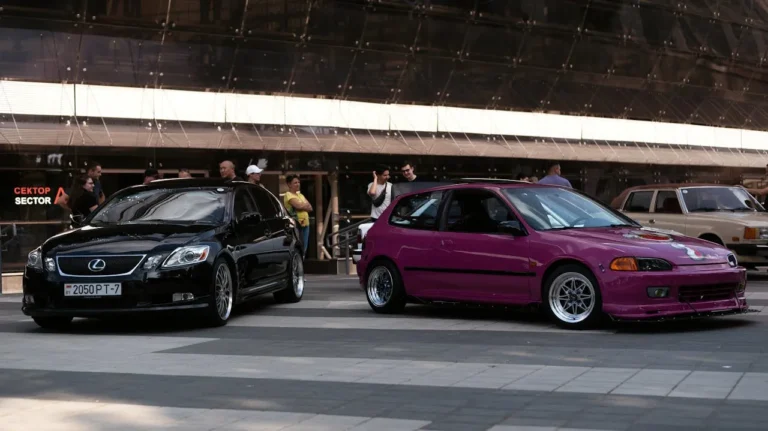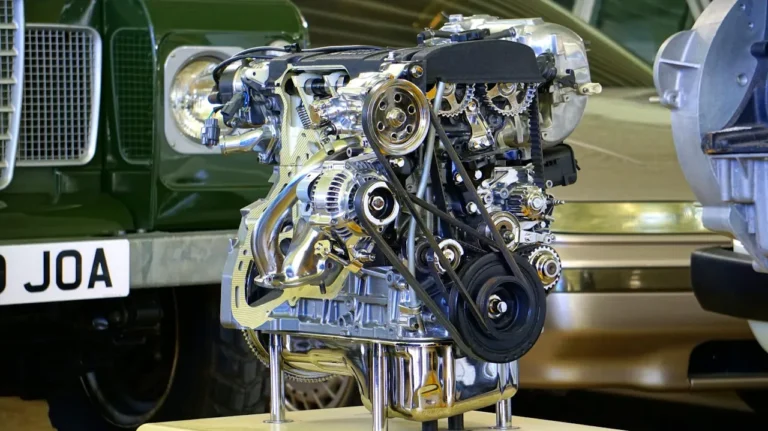
U.S. Automotive Industry Sees Double-Digit Growth in Robot Installations Reports, Yet Lags Behind Global Automation Leaders
The U.S. automotive sector is accelerating its adoption of automation technologies, as recent data from the International Federation of Robotics (IFR) reveals a significant uptick in the deployment of industrial robots. According to preliminary figures released by the IFR, automakers in the United States installed approximately 13,700 industrial robots in 2024—a year-over-year increase of 10.7%. This surge underscores the industry’s commitment to modernizing production lines and enhancing manufacturing efficiency.
“The United States has one of the most automated car industries in the world,” said Takayuki Ito, President of the International Federation of Robotics. “The robot-to-worker ratio in the U.S. automotive industry is currently ranked fifth globally, on par with Japan and Germany, and notably ahead of China.” He added that while this is a commendable milestone in the sector’s modernization efforts, the United States still trails behind global competitors in broader manufacturing automation.
A Glimpse at the Global Robotics Landscape
Globally, industrial robot production and adoption are dominated by a small group of highly advanced manufacturing countries. Four nations—Japan, China, Germany, and South Korea—account for around 70% of all industrial robot installations worldwide. Among them, China has emerged as the most dynamic force in recent years, driven by an aggressive national robotics strategy and massive domestic demand.
Between 2019 and 2023, Chinese robot manufacturers more than tripled their production volume. The country has been installing an average of 280,000 industrial robots annually from 2021 to 2023. This figure dwarfs the United States’ 2024 total of 34,300 robot installations across all manufacturing sectors, highlighting the disparity between the two industrial powerhouses.
Japan continues to lead the global industrial robotics market in terms of production volume, but China is rapidly narrowing the gap. China’s commitment to becoming a global leader in automation is evident not only in its investment volume but also in its robot density—one of the key metrics used to measure the extent of automation in a country’s manufacturing sector.
Robot Density: A Key Benchmark for Automation
Robot density, defined as the number of industrial robots per 10,000 manufacturing workers, provides critical insights into the scale and intensity of automation. In 2023, China achieved a robot density of 470 robots per 10,000 employees—making it the third most automated manufacturing economy in the world, surpassing both Japan and Germany for the first time.
By contrast, the United States remains in tenth place, with a robot density of 295 robots per 10,000 workers. This relatively modest ranking suggests that while the U.S. excels in automotive robotics, its broader manufacturing sector has yet to catch up with the global pace of automation.
One key reason for this imbalance is the concentration of automation within the U.S. automotive sector. In 2024, approximately 40% of all newly installed industrial robots in the United States were deployed in automotive manufacturing. This figure underscores the car industry’s role as the country’s primary driver of automation, while other sectors—such as electronics, food and beverage, and consumer goods—remain under-automated by comparison.
Dependence on Foreign Robot Manufacturers
Another critical challenge facing the U.S. industrial automation landscape is its reliance on imported robotic systems.
China Leads in Automation, While U.S. Focuses Heavily on Automotive Sector
China continues to advance rapidly in robotics and automation across all levels of manufacturing, achieving a robot density of 470 units per 10,000 employees in 2023. This ranks the country third globally—surpassing industrial powerhouses like Germany and Japan—demonstrating the depth of its automation integration.
In contrast, the United States ranks tenth in global robot density, with 295 robots per 10,000 manufacturing workers. U.S. automation remains heavily concentrated in the automotive industry, which accounted for approximately 40% of all new industrial robot installations in 2024.
Beyond automotive, the metal and machinery sector contributed 3,800 units, capturing 11% of the U.S. industrial robot market. The electrical and electronics industry followed, with 2,900 units sold and a 9% market share.







